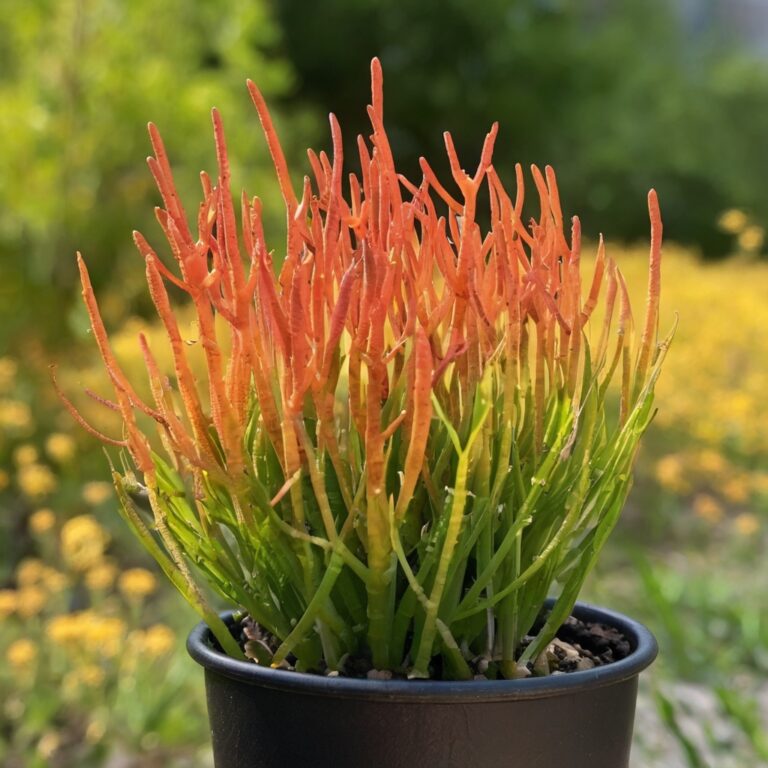8 Ways Cattle Panel Trellises Boost Farm Profits

In the world of agriculture, innovation often comes from unexpected quarters. One such innovation is the use of cattle panel trellises—a practice that has been gaining traction among farmers aiming to increase crop yields and, consequently, their revenue. This investigative report delves into how cattle panel trellises are revolutionizing farming, supported by case studies and examples of improved financial outcomes.
The Concept of Cattle Panel Trellises
Cattle panel trellises, originally designed as fencing for livestock, are now being repurposed by enterprising farmers as trellising systems for crops. These sturdy, galvanized steel panels provide robust support for climbing plants, offering numerous agricultural benefits. The practice involves training plants to grow vertically along the panels, which can be placed in various configurations depending on the crop and the layout of the farm.
Benefits of Vertical Farming with Cattle Panels
The primary advantage of using cattle panel trellises is the efficient use of vertical space. This method not only allows farmers to grow more plants per square foot but also enhances air circulation and light exposure, which are critical for plant health and productivity. Additionally, vertical farming can reduce the incidence of soil-borne diseases and pests, leading to healthier crops and less reliance on chemical treatments.
Increased Yield: A Case Study from the Heartland
To understand the tangible benefits of cattle panel trellises, we turn to a case study from a small family farm in Iowa. The farmers, John and Mary Thompson, adopted cattle panel trellises for their tomato crops two years ago. Prior to this, they faced significant challenges with pest control and uneven ripening of fruits due to inadequate light penetration.
Implementation and Results
The Thompsons installed cattle panels in a series of parallel rows, spacing them about three feet apart. They trained their tomato plants to grow along these panels, securing them with soft ties. By the end of the first growing season, they reported a remarkable 30% increase in yield per plant. The improved air circulation and exposure to sunlight resulted in healthier plants with fewer disease issues.
Financially, the Thompsons saw a 25% increase in revenue from their tomato crop. The higher yield allowed them to expand their market reach, supplying to additional local markets and restaurants. The initial investment in cattle panels was recouped within the first season, and the continued use of these trellises has consistently delivered higher yields and better-quality produce.
Broader Adoption and Diverse Applications
The success of cattle panel trellises is not limited to tomatoes. Farmers across the United States are utilizing this technique for a variety of crops, including cucumbers, beans, peas, and even melons. The versatility of cattle panels makes them suitable for different plant species and farm sizes.
A Comparative Study: Traditional vs. Trellised Farming
A comparative study conducted by the Agricultural Extension Service in Texas examined the yield and revenue differences between traditional farming methods and the use of cattle panel trellises for cucumbers. The study involved two groups of farmers: one using traditional ground-based methods and the other employing cattle panel trellises.
The results were compelling. Farmers using the trellising system reported an average yield increase of 40% per acre compared to their traditional counterparts. Moreover, the quality of the cucumbers was notably higher, with fewer blemishes and a more uniform size, making them more attractive to buyers.
Financial Implications
The financial benefits extended beyond just higher yields. The trellised cucumbers fetched a premium price at markets due to their superior quality. On average, farmers saw a 35% increase in revenue per acre. Additionally, the reduced need for chemical treatments and the ease of harvesting from trellised plants contributed to lower operational costs.
Challenges and Considerations
While the advantages of cattle panel trellises are evident, there are challenges and considerations that farmers must address. The initial cost of purchasing and installing cattle panels can be a barrier, particularly for small-scale farmers with limited capital. However, the long-term benefits and durability of these panels often outweigh the initial investment.
Labor and Maintenance
Another consideration is the labor involved in training plants to grow along the trellises. This requires careful attention and regular maintenance to ensure plants are properly supported and do not become entangled. However, many farmers find that the labor invested upfront is offset by easier and more efficient harvesting processes.
Environmental and Sustainable Farming Benefits
Beyond financial gains, the use of cattle panel trellises aligns with sustainable farming practices. By promoting healthier plant growth and reducing the need for chemical treatments, this method contributes to environmentally friendly farming. Additionally, the efficient use of space and resources supports sustainable agricultural intensification, helping to meet the growing global food demand.
A Sustainable Future
The integration of cattle panel trellises into farming practices represents a step towards more sustainable and resilient agricultural systems. As farmers continue to face challenges such as climate change and resource limitations, innovative methods like these will play a crucial role in ensuring food security and economic viability.
Conclusion
The adoption of cattle panel trellises is proving to be a game-changer for farmers seeking to boost their yields and revenue. Through improved plant health, better resource utilization, and higher-quality produce, this technique offers a viable solution for enhancing agricultural productivity. The experiences of farmers like the Thompsons in Iowa and the participants in the Texas study underscore the potential of cattle panel trellises to transform farming practices and deliver significant financial benefits.
As more farmers embrace this innovative approach, the cumulative impact on the agricultural industry could be profound, paving the way for a more productive and sustainable future. For those willing to invest in and adapt to these new methods, the promise of increased yield and revenue is not just a possibility but a growing reality.







